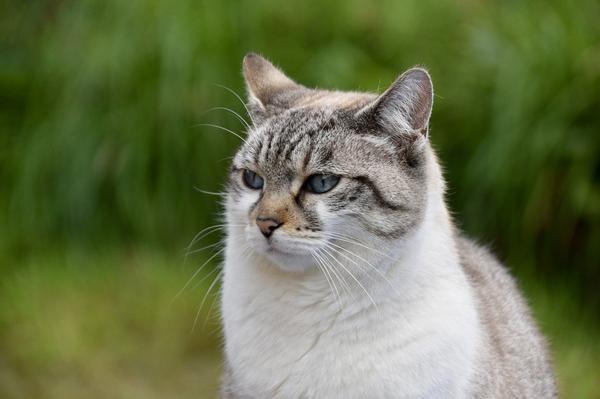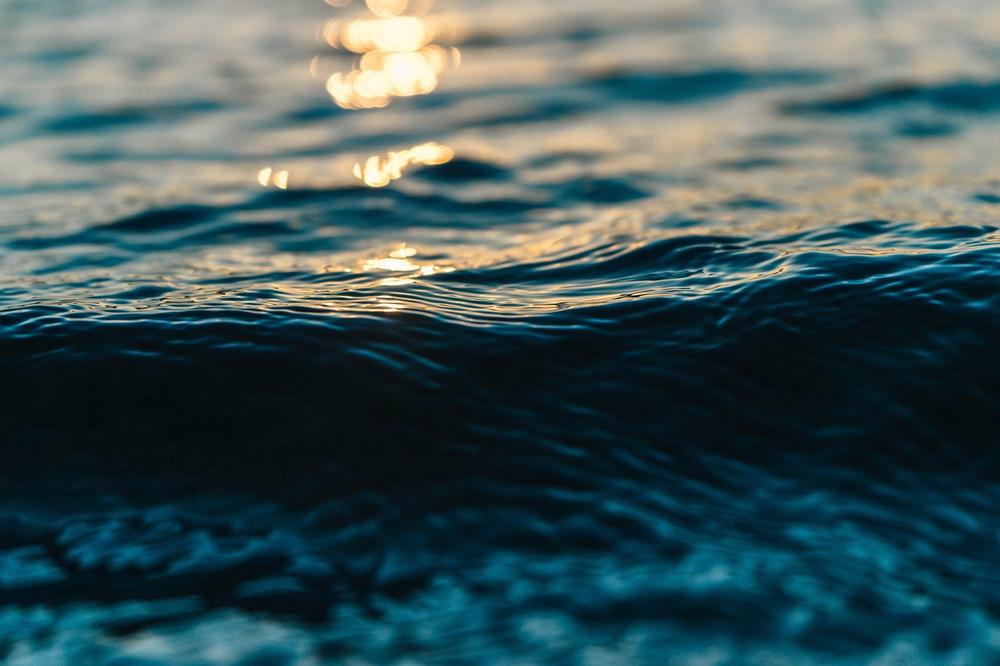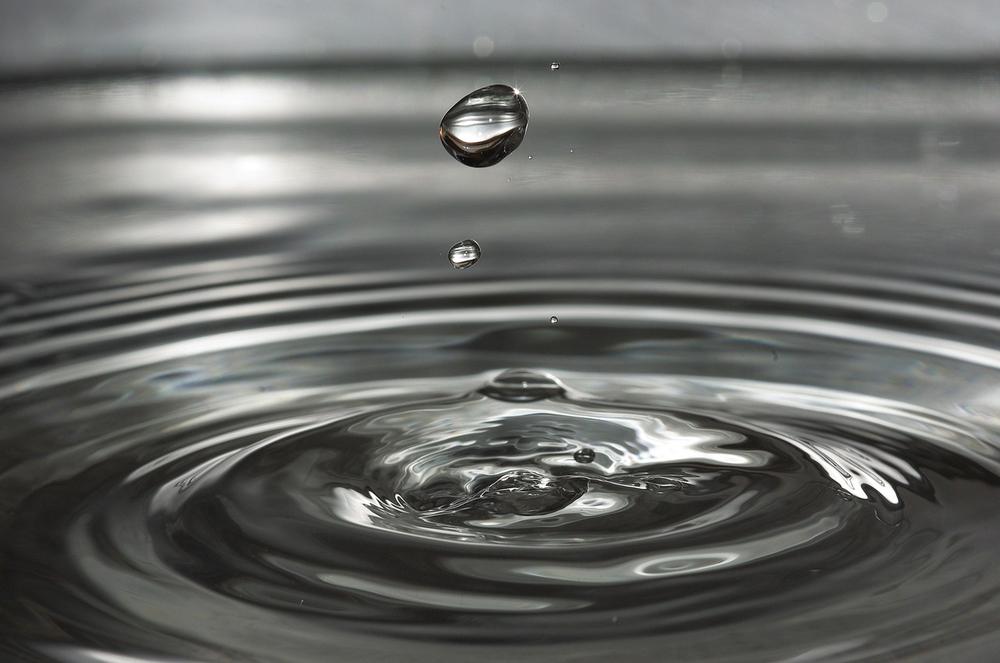How Long Can A Cat Go Without Water? (Revealed!)

Worried sick about your furry feline's hydration?
I get it, trust me.
Ever found yourself wondering how long that fluffy ball of cuddles can go without water? 🤔
Well, friend. let's dive into this together and uncover the answer.
Shall we begin?
The Risks of a Dehydrated Cat: Duration Without Water
Cats, buddy, listen up.
You gotta pay attention to this important stuff about water.

Here's what you need to know:
- Cats lose water quick, either when they pant, vomit, pee, or groom themselves.
- Acting fast is key to stop dehydration from causing complications.
- Cats can't survive more than two or three days without water before their organs start giving up on them.
- If your cat is malnourished or sick, their chances of survival are lower compared to a healthy kitty.
- And oh boy, kittens are even more vulnerable to dehydration and could kick the bucket faster than adult cats.
- Some old cats might still put up a fight, but they're not as tough as the young ones.
- Serving up high-quality grub for your cat can boost their odds of staying alive without water.
- Hang on pal, if your cat goes four days without water, things get really bad with severe dehydration.
- Sick cats have a bigger chance of facing serious health problems like liver failure, kidney disease, obesity, cystitis, and bladder stones.
- You got it, water is super important! It brings oxygen and nutrients all over the body and helps out with digestion.
So, make sure you keep an eye out for signs of dehydration and always provide your furry friend with access to water. 😺
But here's the thing, my friend.
You know water is crucial, but how do you keep a close eye on your furball's H2O intake?
Recognizing Dehydration in Cats
To catch dehydration in cats early, you must watch their water drinking habits and note any changes.
Observing a cat's intake is vital, especially during hot weather or after exertion. This need becomes even more crucial for ill felines as dehydration hits them faster.
Watch closely if your sick cat vomits or has diarrhea.

Any shift in sleeping patterns might indicate health issues too.
If 24 hours pass with no water consumed by your dry-food-loving cat and peculiar behavior arises, it's time for an emergency vet visit.
Keep an eye out for signs of dehydration: loss of appetite, yowling, irregular eliminations, and confusion. Being vigilant helps protect these precious furballs!
And if you're wondering about your cat's nose, well, I often get asked the question, "Why is my cat's nose cold?" For the answer to this common curiosity, I invite you to click here: Why Is My Cats Nose Cold.
Reasons Your Cat Isn't Drinking Water
If your cat isn't drinking, don't worry!
There are a few possible reasons why they might not be interested in water:
- First off, cats have sensitive taste buds, so if the water doesn't taste right or it's too warm, they might turn up their little noses at it.
- Some medical conditions like hyperthyroidism, kidney disease, or diabetes can make cats super thirsty, so they might need some extra hydration.
- Certain health problems, such as diabetes or kidney failure, can actually cause cats to get dehydrated and avoid drinking from their bowls.
- To encourage them to drink more, you could try adding wet cat food to their diet and maybe even invest in a fancy cat water fountain.
- Now, we're not exactly sure if cats can feel things like anxiety or depression, but conditions like OCD, anxiety, or autism may affect their behavior.
So, by knowing all this, you can ensure your cute little buddy stays hydrated and healthy.
And now, let me share with you some tips on how you can ensure your cat stays properly hydrated and healthy!
Preventing Dehydration in Cats

Proper hydration in cats is crucial for their health and well-being. Here are some tips to prevent dehydration:
- Provide multiple water bowls throughout the house, away from food and litter boxes. This promotes regular drinking habits.
- Ensure access to fresh, clean water at all times. Cats should be able to drink when they want to.
- Avoid underfeeding, especially for pregnant cats and kittens. They need unlimited water to prevent dehydration-related damage.
- Feed your cat an adequate amount of food. Cats with advanced kidney disease, diabetes, or on diuretics require more water intake.
- Regularly clean food and water bowls. This encourages them to eat and drink.
- Consider the moisture content of your cat's diet. Cats with kidney disease, diabetes, or urinary disorders may need increased water intake.
- The average water intake for cats is around 7 to 8 ounces (250 milliliters) per day, based on factors like caloric needs and ideal body weight.
Keeping your cat hydrated is essential for their in essence health. 🐱
Alternative Ways to Keep Your Cat Hydrated
There are several alternative ways to keep your cat hydrated, apart from just serving water and wet food.
- Add water to kibble: You can add some water to your cat's dry food to increase its moisture content.
- Use a cat drinking fountain: Cats are often attracted to moving water, so a cat drinking fountain can encourage them to drink more.
- Try a dripping faucet: Some cats prefer drinking water from a dripping faucet, so you can leave it slightly open for them.
- Consider adding tuna water or chicken broth: Adding a small amount of tuna water or unsalted chicken broth to your cat's water bowl can make it more enticing for them.
- Take their sleep patterns into account: As cats tend to become less active during the winter, their water intake may decrease. It's important to monitor their hydration levels during this time and adjust accordingly.
Providing adequate hydration is essential for your cat's in essence health and well-being.
By incorporating these tips into their routine, you can ensure they stay properly hydrated.
Ensuring Your Cat's Hydration for Optimal Health
- Cats can only survive for about two or three days without water before dehydration sets in.
- Malnourished or ill cats have lower chances of survival compared to healthy cats.
- Kittens are more susceptible to dehydration and may die from thirst faster than adult cats.
- Older cats may not fare as well as younger ones, but some can still fight for survival.
- Providing high-quality cat food can improve a cat's chances of surviving without water.
- Going beyond four days without water can lead to severe dehydration with significant consequences.
- Dehydration is especially dangerous for sick cats and can result in serious health issues.
- Refusing to eat or drink for 24 hours may indicate dehydration and malnutrition.
- Vomiting, diarrhea, and chronic under-hydration can lead to rapid dehydration.
- Water is crucial for cats as it plays a greater role than food in maintaining bodily functions.
- Monitor your cat's water intake and watch for changes in habits.
- Changes in a cat's sleeping habits can indicate health issues.
- Lack of water for 24 hours or more in a kibble-eating cat is cause for concern.
- Signs of dehydration in cats include poor appetite, yowling, abnormal elimination habits, and mental inappropriateness.
- Cats with certain medical conditions may be more thirsty and prone to dehydration.
And that wraps up today's article.
If you wish to read more of my useful articles, I recommend you check out some of these: What Happens if Your Cat Eats or Licks Toothpaste, Why Is My Cats Nose Crusty and Black, How to Give a Cat Saline Nose Drops, Why Is There a Black Spot on My Cats Nose, and Is Dracaena Toxic to Cats
Talk soon,
-Sarah Davis